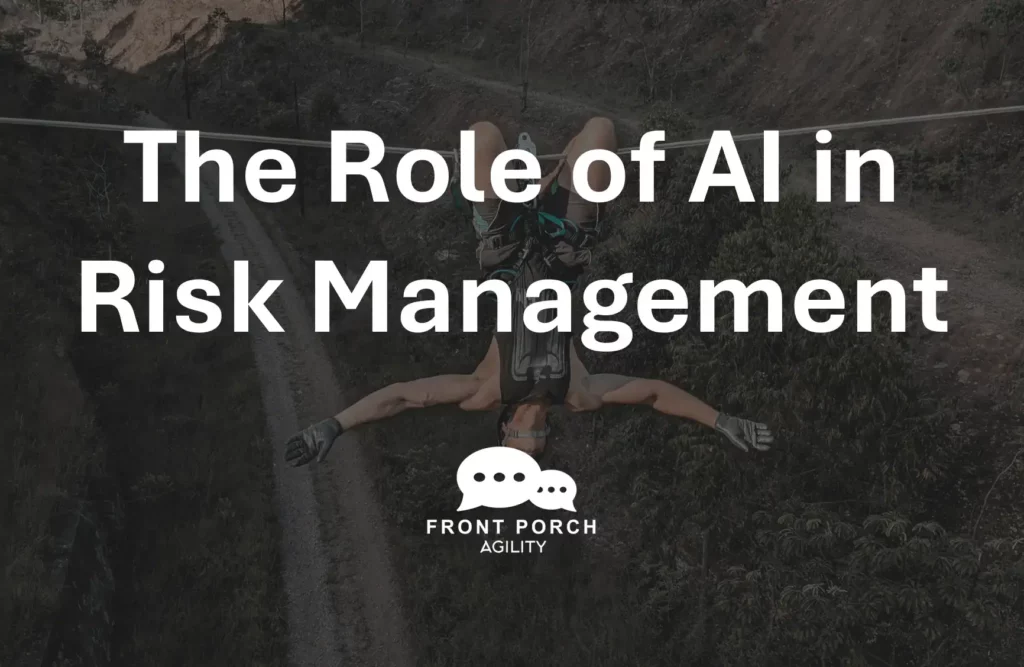
In today’s complex, rapidly changing business landscape, the traditional risk management process faces challenges in keeping pace. AI is emerging as a game-changer, revolutionizing how organizations identify, assess, and mitigate risks. As AI tools evolve, they offer faster, smarter solutions for managing risks effectively.
Stay tuned to discover how AI is reshaping enterprise risk management and driving innovation in organizational resilience.
How AI Transforms Risk Management?
AI is revolutionizing risk management by leveraging advanced tools to predict and address potential issues before they impact businesses. This proactive approach aligns with established risk management frameworks, enhancing organizational safety and resilience.
- Predictive Analytics for Early Warning Systems:
AI can analyse vast sets of internal and external data—including financial records, market trends, and even social media—to predict potential threats, from operational disruptions to emerging regulations. This allows for proactive action.
- Real-time Threat Monitoring:
AI-powered tools continuously scan multiple data sources for anomalies, emerging issues, and patterns that signal an increasing level of risk. This allows you to stay ahead of potential problems.
- Augmenting Fraud Detection:
AI algorithms excel at analyzing large volumes of transactions, identifying unusual patterns or deviations that could indicate fraudulent activity.
- Cybersecurity Defense:
AI strengthens cybersecurity systems by detecting suspicious network activity, identifying vulnerabilities, and predicting potential attacks before they occur.
- Data-driven Compliance Monitoring:
AI tools help track compliance with regulations by monitoring data flows, identifying potential compliance gaps, and automating reporting processes.
Key Techniques for Effective AI Risk Management
Effective AI risk management entails implementing robust strategies. It’s akin to equipping a toolkit to safeguard and optimize AI performance. Key techniques include rigorous data validation, algorithm transparency, continuous monitoring, human oversight, and adherence to regulatory standards.
These practices help organizations leverage AI potential while minimizing risks and ensuring operational excellence.
- Defining Your Focus:
Clearly articulate the top risks you want AI to address. This will guide your choice of tools and data sources.
- Data is Key:
The accuracy and effectiveness of AI depend heavily on the availability and quality of relevant data. Invest in strong data collection and management practices.
- Prioritizing Transparency:
Build trust in your AI systems by ensuring they offer explainable outcomes. This is crucial for sensitive areas like fraud detection and compliance.
- Human Expertise Remains Essential:
AI should support, not replace, your risk management teams. Use AI-powered insights to inform strategic decision-making.
The Future of AI-Powered Risk Management
As AI continues to mature, expect to see even more sophisticated and tailored tools for risk management. Organizations who embrace this technology proactively will be better positioned to mitigate risks, build resilience, and protect against unexpected disruptions.
How could your organization potentially use AI to enhance risk management? Share your thoughts or examples in the comments below!

 0
0 
